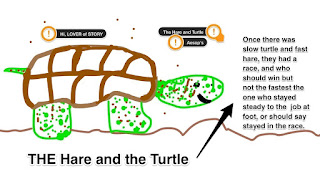On a stage for one to two, hours most storytellers connect their stories by a frame; the stories might have different characters, time, and settings; a novel uses scenes with the same characters. So I use dragon, tiger, anger, and justice through history in stories to relate as we travel on an ancient time path.
Today, I write the legends, myths, folktales that I told in the segue in a frame.
 |
| Read other blogs. |
Beware, one can enhance, adapt, modify, revision, embroidery, embellish, exaggerate and elaborate traditional tales; they have no copyright. Keep the plot lines; we all know the stories from childhood and enjoy the familiarity.





